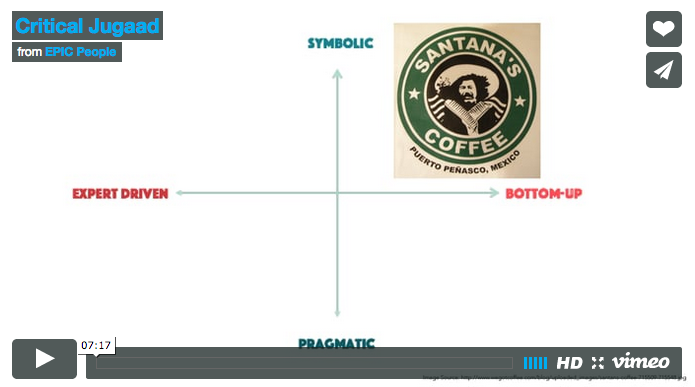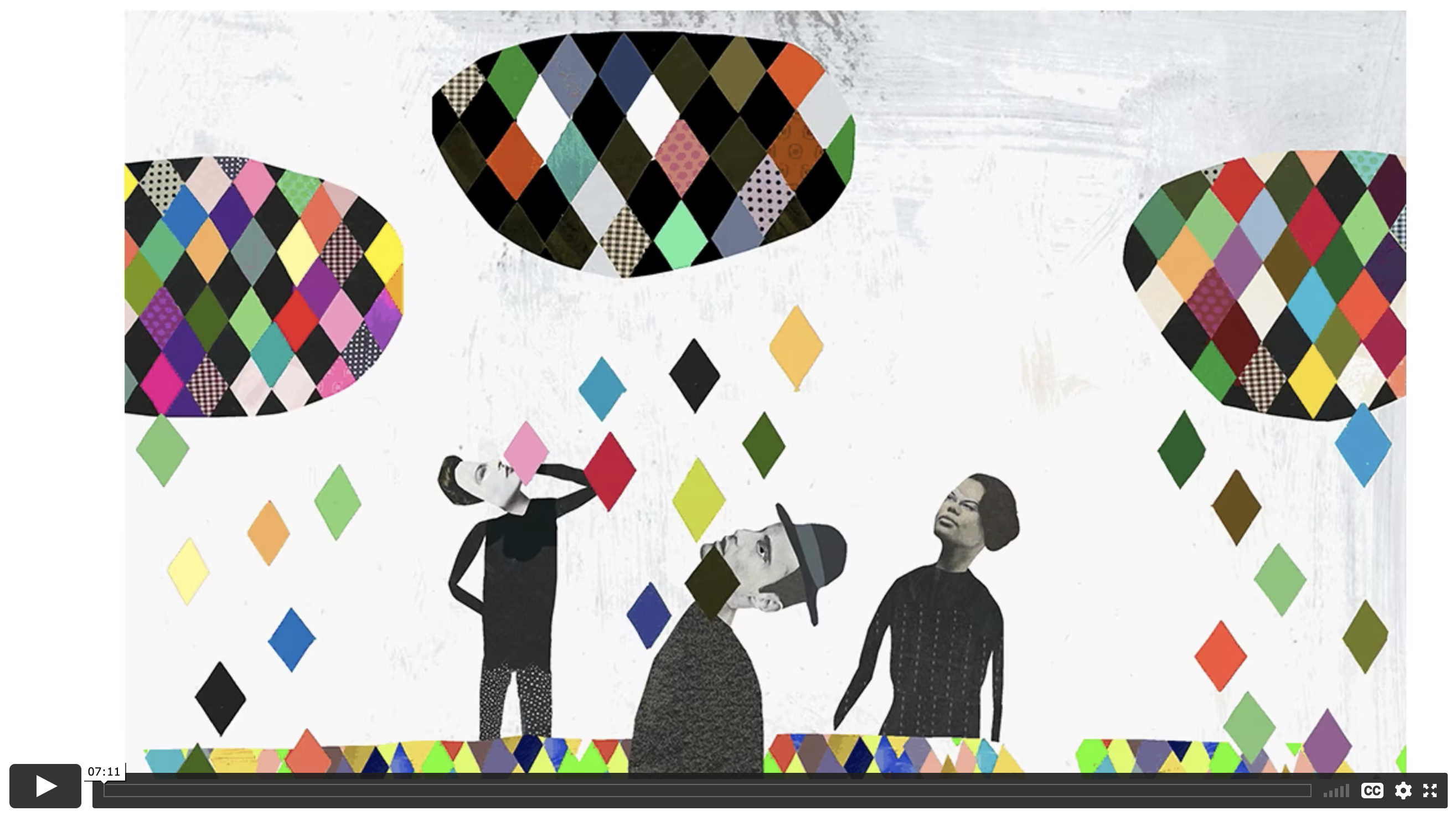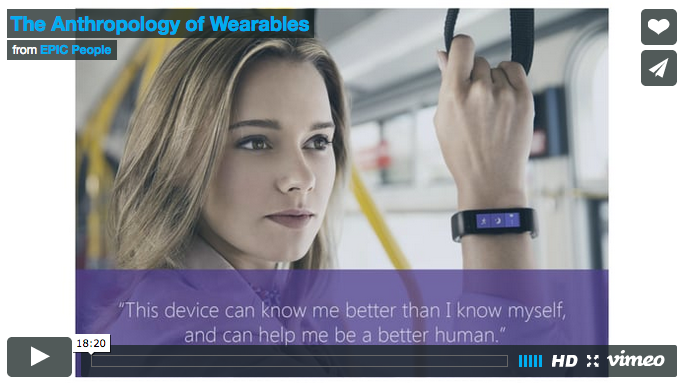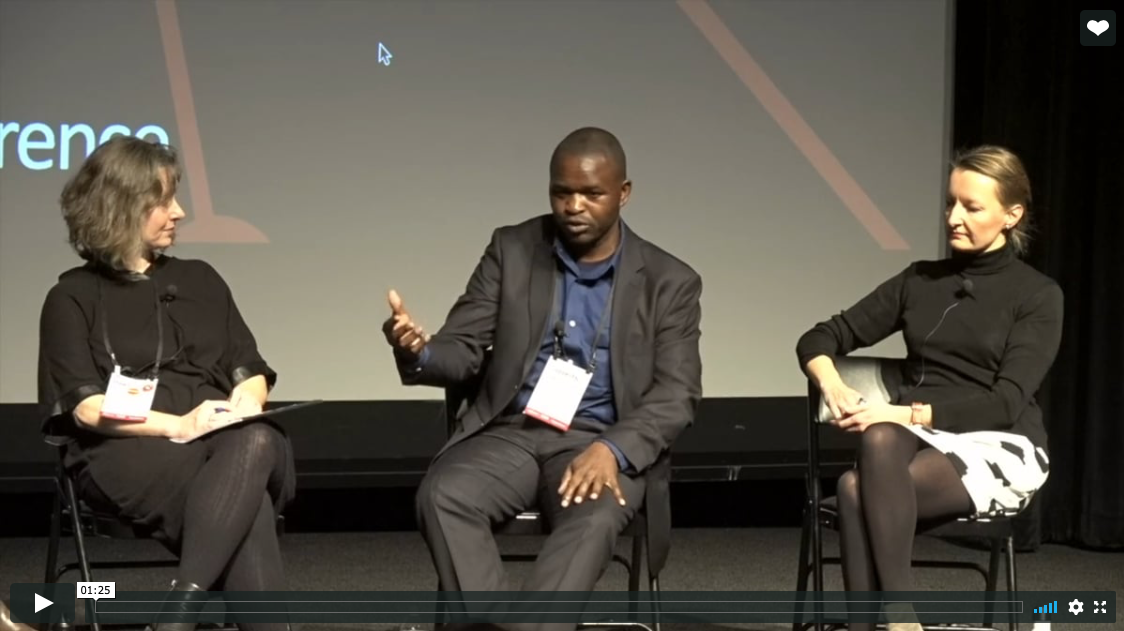Beyond Human: Sociotechnical Systems and Assemblages
Sociotechnical systems and assemblages are core frameworks for research and product development—and they reveal the fragility of the human/non-human boundary.Overview
How can ethnography help us understand rapid technological change? This collection examines how sociocultural theory and ethnographic practice can help us make sense of what it means to be human as our experiences, sense of self, and collectivities are increasingly mediated by digital technologies.
The works in this collection deploy concepts like “assemblages” or “cyborgization” to approach networks of humans and non-humans, and call attention to emerging forms of being that arise in and through these interactions. In doing so, the authors motivate ethnographers to pay close attention to “practice” – what people do with and through these technologies – and to how these technologies mediate how we relate to one another and the world.
These ways of being and doing are emergent, and by focusing on specific contexts of use of digital tech, the authors avoid simply projecting past explanatory frameworks. Instead, they examine and assess the consequences of new practices on their own terms. A liberatory call to action underpins these works: they invite ethnographers to think critically about the colonial histories that shape how we think about technology, inspire us to question binary and taken-for-granted modes of thinking, and encourage us to ask ethical questions about our agency in setting technological direction.
Key Articles
The Anthropology of Wearables: The Self, The Social, and the Autobiographical, Sakari Tamminen and Elisabet Holmgren (2016). What is wearable technology? Tamminen and Holmgren look beyond a common understanding of wearable tech as synonymous with digital sensors and “fitness trackers” to draw on the long history of humans wearing artifacts. The authors call for ethnographers to understand the relationship between wearable objects and human bodies, peeling apart the multiple layers of what it means to wear human-made tools. This is especially important as technology becomes more portable and integrated with our bodies. The methodological approach the authors use can help researchers differentiate and contextualize ubiquitous, everyday artifacts. Ultimately, this cultural framework for understanding how people use and create meaning with a broader range of wearable objects opens more valuable possibilities for innovation and strategy than a narrower focus on digital tech and sensor data could afford. (A shorter summary of this research paper is Reconsidering the Value of Wearables.)
A.I. Among Us: Agency in a World of Cameras and Recognition Systems, ken anderson, Maria Bezaitis, Karl Di Salvo, Susan Faulkner (2019). In this case study about A.I and face recognition technologies in China, anderson, Bezaitis, Di Salvo and Faulkner use the concept of “polyvocal assemblages” to study a shift in digital technologies from “discreet, controlled, one-to-one” object to “engaged in constant interaction” with multiple human and non-human agents taking part in these distributed networks. Using research in China as an example, the authors show how distributed technologies have global dimensions that can mean different things when situated in specific cultural contexts with different historical trajectories. Practicing ethnographers will find in this piece a rich theoretical grounding they can use to think critically and design research, particularly for technologies that are increasingly ubiquitous, yet have very different realities depending on the context and location in which they are used and embedded.
Critical Jugaad, Deepa Butoliya (2016). In this PechaKucha, Butoliya explains jugaad, a form of “McGyverism” (ingenious improvisation or innovation) prevalent in the global south where people repurpose technologies for their needs. Butoliya argues that more than a survival tactic, jugaad is a playful form of self-expression that challenges tech colonialism and the existing organization of tech labor which posits the global north as the site of design and innovation, and the global south as a site of tech manufacturing and passive consumption. This piece will inspire practicing ethnographers to think critically about how tech labor is organized, and to look into practices that contest and reimagine it.
Agency and Tech Colonialism: Extending the Conversation, Sareeta Amrute (2020). Through intimate understanding of everyday life-as-lived, ethnographers show how technical things, like code, and human things, like migration and identity, unfold together. In this interview, Sareeta Amrute discusses key concepts in her work on tech colonialism (also see her more extended EPIC2019 Keynote Address on this work). Her research explores transnational sites of tech production and how race, class and colonial legacies shape this development work. In the interview, Amrute emphasizes “embodiment” as a way to understand the macrosystems that shape how individuals approach their tech work, and the disparities that emerge in the workplace which cannot easily be captured by concepts like “bias.” The interview also invites practicing ethnographers not to be afraid of code and complex technical topics, and instead bring the ethnographic toolkit to examine the practices of technical production in order to fully understand pressing social issues catalyzed by rapid technological change.
Post Human-Centered Design: Working Responsibly at Scale, John Payne (2019). This talk is a succinct overview of the evolution of theory and practice in design toward increasingly complex, interdependent sociotechnical environments. Payne shows how the widespread approach to the individual “user,” their “problems,” and “needs” is insufficient, and the new frameworks and methods we can use to move beyond it.
An Introduction to Cyborg Anthropology, Danya Glabau (2018). Danya Glabau explains how design researchers can use “cyborg anthropology” to understand the relationship between humans and machines, and to question our role and responsibility in building new technologies. Cyborg anthropology is a critical exercise: it reframes technology as a cultural activity which gives rise to new modes of being, and de-centers “users” and humans in favor of a more integrative, emergent approach to human/non-human interaction. It provides an entry point to think about the ethics of our own ethnographic practices and imagine new ways of conducting “fieldwork”, and helps researchers apply ethnographic theory and methods to the study of emerging and everyday technologies.
Go Deeper
Robots and the Fallacy of Agency, Stewart Allen (2019). In this provocative PechaKucha about agency and service robots, Stewart Allen questions how humans are “shaped and fashioned” by their interactions with technology.
What do Science, Technology, and Innovation Mean from Africa? Aderayo Sanusi (2020). Sanusi’s review of What Do Science, Technology, and Innovation Mean from Africa? explores tech innovation in a wide range of African contexts, arguing that we need to decolonize our understanding of the lab and “proper” sites of research and innovation, and take other everyday places just as seriously.
Who and What Drives Algorithm Development: Ethnographic Study of AI Start-up Organizational Formation, Rodney Sappington and Laima Serksnyte (2018). This paper offers a detailed account of social and technical co-creation in algorithm development, and uses anthropological theory to understand the integration of people, organizational culture, disciplinary expertise, and medical imaging in an early stage start-up.
Toxicity v. toxicity: How Ethnography Can Inform Scalable Technical Solutions, Jamie Sherman and Anne MacClard (2020). Sherman and McClard share ethnographic research that addressed a core challenge in technology and experience design: The enormous scale of technical systems creates problems that are global in scale, but have distinct micro-level forms and solutions in different social contexts.
Software Quality and Its Entanglements in Practice, Julia Prior and John Leany (2020). In this paper, the authors describe a methodology they developed to address the sociotechnical dimensions of quality assurance in large-scale, complex software systems—one of the most vexed issues in software engineering.
Microbes that Matter, Carrie Yury (2021). Yury (a master of the PechaKucha genre!) reflects on Covid and a project on Clostridium Difficile with a hospital client to emphasize the importance of seeing ourselves as a context for something else, and evolving our work to life-centered research and design.

Curator: María Vidart-Delgado
Contributor: Elizabeth Anderson-Kempe












